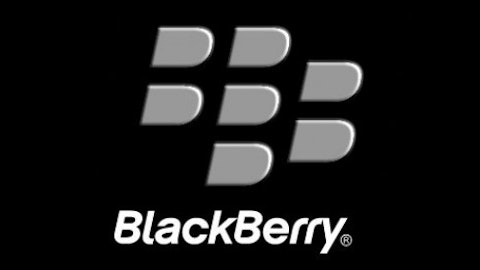CEO Randall Stephenson made some brief remarks while voting results were tabulated. He touched on the additional network capacity added last year, the company’s goal of having 300 million people on AT&T Inc. (NYSE:T)’s 4G-LTE by the end of 2013, the U-Verse goal of 9-million subscribers, and the freshly launched Digital Life. As he adjourned the meeting, he invited shareholders to the next room for brunch and product demos.
One booth highlighted Digital Life, a brand new service which allows homeowners to remotely view front and back doors, change the room temperature, check if all doors are locked, etc. I spoke with one of the Digital Life product managers who indicated that the service would be rolled out to 50+ markets by the end of 2013. It is currently available in 15 cities throughout the US.
Another exhibit was for HD Voice. This service provides a higher quality of voice transmission for mobile conversations (there’s a more technical explanation of how it works here). A big drawback is that both parties need to have a compatible cellphone in an area where AT&T’s voice over LTE is provided.
Wireless market
I talked at length with the HD Voice Product Manager, especially about the decreasing growth in AT&T’s wireless segment (wireless revenue grew by 8% from 2010 to 2011, but only 5.6% from 2011 to 2012). His message was that the wireless market is pretty well saturated, and there are only so many kids getting old enough for their parents to buy them a phone.
AT&T needs to look to new applications and services such as Digital Life and HD Voice for new growth. However, it doesn’t appear to me that HD Voice will add to the revenue stream directly. With other companies like Sprint Nextel Corporation (NYSE:S), Verizon Communications Inc. (NYSE:VZ) and T-Mobile providing this service, AT&T Inc. (NYSE:T) will need to provide this upgrade simply to motivate customer retention.
Highlights from the last year (with comparisons to some of AT&T’s competitors) include:
Stock price changed from $30 at the beginning of 2012 to $37 in recent days, a 23% increase. This compares to an increase of 204% for Sprint and 35% for Verizon during the same time-frame.
The change in revenue from FY2011 to FY2012 was an increase of 0.6%, compared to 4.9% for Sprint Nextel Corporation (NYSE:S) and 4.5% for Verizon Communications Inc. (NYSE:VZ).
Gross profit margin for FY2012 was 10%, compared to -5% for Sprint Nextel Corporation (NYSE:S) and 11% for Verizon Communications Inc. (NYSE:VZ).
PE for AT&T is around 28, compared to 134 for Verizon. The industry average PE for Domestic Telecom is 35.9 and 15.3 for the wireless industry indicating an overvalued situation for Verizon.
Conclusion
Overall, this was a disappointing annual meeting. The lack of transparency on the part of AT&T’s executive team was unimpressive and did little to boost my confidence in the firm.
The article What Is AT&T Hiding From Its Investors? originally appeared on Fool.com and is written by Gail P..
Copyright © 1995 – 2013 The Motley Fool, LLC. All rights reserved. The Motley Fool has a disclosure policy.


